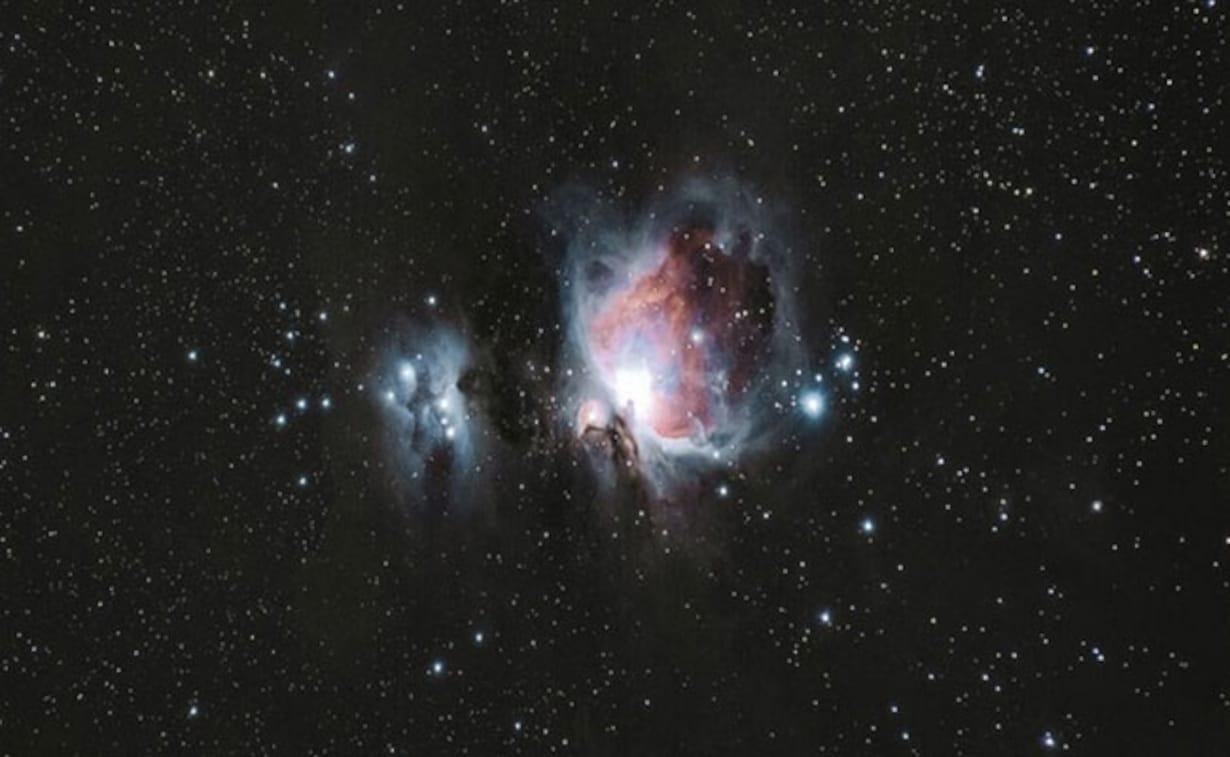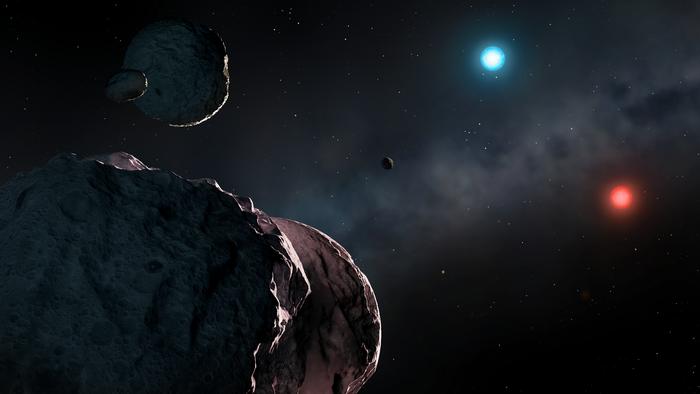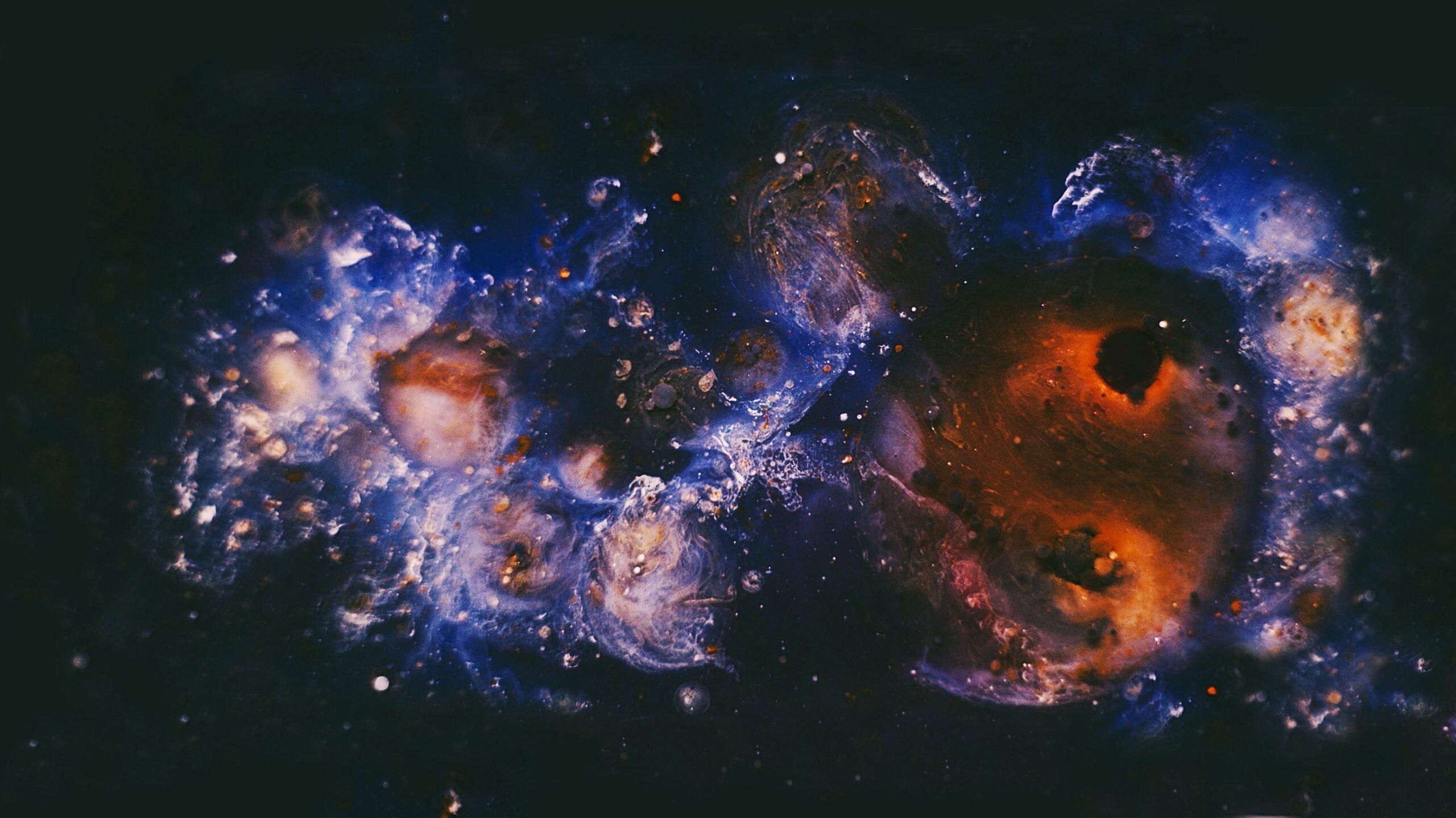Astronomers led by the University of Warwick have found the oldest star in the Milky Way galaxy. The researchers published their findings in the Monthly Notices of the Royal Astronomical Society on November 5. They concluded that the remnants of a faint white dwarf and orbiting planetary system located 90 light-years from Earth are more than 10 billion years old.
Also See: 1 Year of Unused Phones are Shutting Down!
Astronomers Modeled Two White Dwarfs Seen by Space Observatory for This Study

Most stars, including our Sun, will eventually turn into white dwarfs. A white dwarf is a star that has used up all its fuel, shed its outer layers and is now shrinking and cooling. Any orbiting planets will be disturbed, and in some cases destroyed, in the process, leaving their remains behind to pile up on the surface of the white dwarf. Two strange white dwarfs seen by the European Space Agency's GAIA space observatory were modeled for this study by a team of astronomers led by the University of Warwick. They are contaminated with planetary material; one is remarkably blue, while the other is more typically red.
Spectroscopy analyzes the star's light at various wavelengths. It can identify the elements and their concentrations in the star's atmosphere as they absorb light at specific wavelengths. Scientists discovered WDJ2147-4035, the oldest metal-polluted white dwarf detected to date, by analyzing spectra from the star and finding the presence of the metals sodium, lithium and potassium, as well as speculatively detecting carbon accreted to the star.
The second "blue" star, WDJ1922+0233, is only marginally younger than WDJ2147-4035. It is contaminated by planetary material with a structure close to Earth's continental crust. The scientific team concluded that the mixed helium-hydrogen atmosphere of 0233, unique to WDJ1922+, is what gives it its unusual blue color despite its cold surface temperature. The debris of the red star WDJ2147-4035, normally discovered in its almost pure helium and high-gravity atmosphere, came from an ancient planetary system that dates back to the star's transformation into a white dwarf. This led astronomers to claim that it was the oldest planet.
Planetary Debris with Earth-like Features

Lead author Abbigail Elms is a PhD student in the Department of Physics at the University of Warwick:





No comments yet for this news, be the first one!...